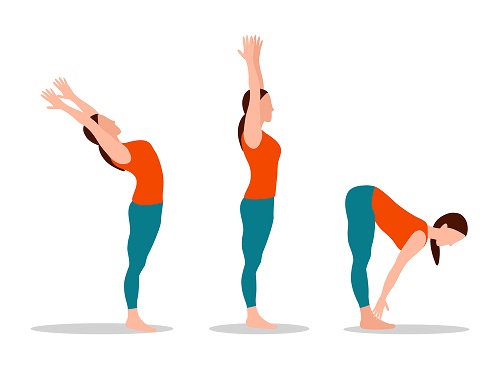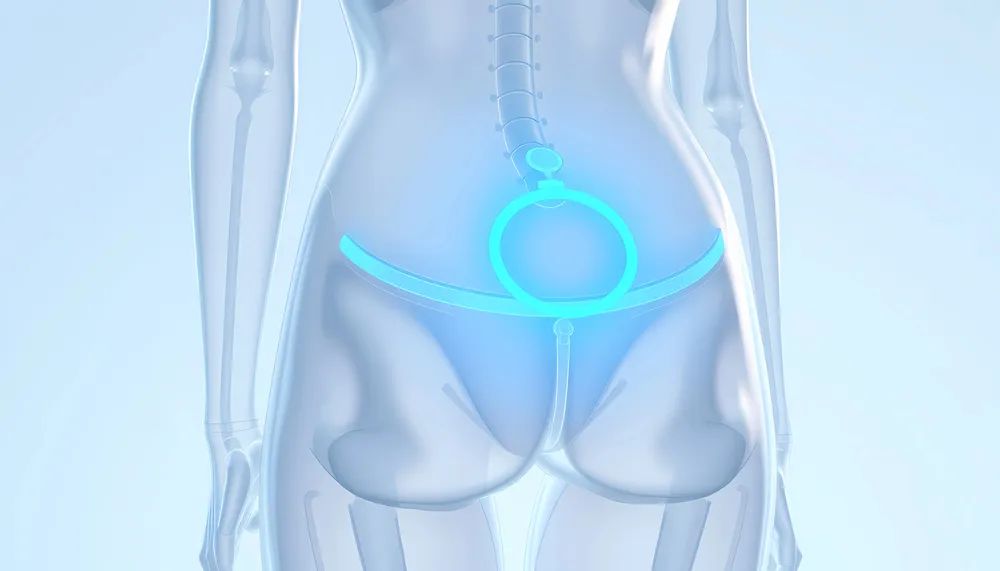Easy Desk Exercises to Try
2021-01-26

Many of us spend 7 – 10 hours a day sitting at our desks. Your body is made to move, so your brain and mood is better when you are active. These 5 simple moves can help you to keep the aches, pains, and stiff muscles at bay.
You might think that physically demanding jobs, such as those in construction or manufacturing pose the highest risks of bodily injury. In truth, desk-bound jobs can be just as risky for different reasons. This is because sitting at a desk all day can lead to a host of problems, many of which you would be familiar with:
- Poor posture
- Neck pain
- Back pain
- Weight gain, leading to obesity
- Circulatory problems
- Carpal tunnel (discomfort and pain in your fingers)
- Repetitive strain injuries
- Cardiovascular disease
- Stress
The good news is incorporating some stretching and movement into your day can help reduce the likelihood of you developing any of the above conditions. To combat the effects of a sedentary day job, here are 5 simple moves you can do at your desk.
1. Shoulder shrugs
Sitting at a desk and straining to look at a computer screen can leave your shoulders and upper body tense and sore after a long day. Simple shoulder shrugs can help you to release this tension and increase mobility.
- Simply lift your shoulders towards your ears
- Hold for a few seconds
- Let your shoulders fall slowly
Perform these exercises slowly and gently without being too forceful with the movements. Shrug and release slowly to increase circulation and mobility, and ease into the movement without forcing too hard.
2. Torso twists
Back pain is a major complaint amongst desk-bound workers. Hunching over paperwork or your keyboard all day can lead to lower and upper back pain and stiffness. A torso twist exercise can help your muscles and joints to move in different directions and relieve niggling back aches.
- Face forwards in your chair with your feet on the ground and back straight
- Twist your body to one side and hold on to the back of your chair
- Keep your feet and hips facing forwards
- Hold this pose for up to 30 seconds
- Repeat to the other side
- Repeat both sides as needed
Remember not to twist too hard at the start and respect your body’s movement. Perform this exercise slowly and smoothly, with calm and relaxed breathing and don’t push yourself beyond a comfortable range of motion.
3. Top to toe

It’s important to get up from your desk regularly throughout the day and stretch your whole body. Sitting down for long periods without moving isn’t the way to stay healthy and well for the long term. Set an hourly reminder on your phone or computer to stand up and do a top to toe stretch and a quick walking circuit of the room.
- Stand straight and lift your arms above your head
- Stretch your arms towards the ceiling and hold for a few seconds
- Slowly lower your arms
- Bend forward and reach your arms towards your feet
- Relax into the position
- Recover slowly
- Repeat as needed
You can also incorporate some deep breaths with this stretch for an added sense of calm. Your body and your mind will thank you!
4. Hands, wrists and ankles
Typing at a keyboard puts your wrist and fingers in to positions that can irritate the sensitive nerves around your wrist. For some people, this can result in a nerve condition called carpal tunnel syndrome. Keeping your nerves flexible and supple with movement and stretching is a good preventative move if you type all day. Take some time out of the day to stretch out your wrists (and give your ankles a stretch too while you’re up and moving!)
- Hold both hands out in front of you and slowly circle both wrists outwards
- Repeat circling wrists inwards
- Clench your hands into fists and release
- Repeat several times
- Lift your feet off the floor and slowly circle both ankles outwards
- Repeat circling ankles inwards
You can also give yourself a short hand and wrist massage to encourage circulation and ease any strain.
5. Office Squats
It can be hard to fit any cardiovascular exercise into a day of work but standing and sitting is a good compromise. If you were doing it in the gym, we’d call the exercise “squats” but you can do this helpful exercise easily a few times a day in the office (or the bathroom with the door closed).
- Start sitting up straight with good posture
- Engage your core muscles and stand up
- Sit back down again
- Repeat multiple times (at least 10)
- Go at the pace you’re comfortable with and soon you’ll be able to notice how your heart rate increases and your breathing gets faster too.
This exercise increases circulation in the big muscles of your legs and bottom for a good bump up for your metabolism and to keep the muscles in your back comfortable and relaxed.
Your work environment
As well as incorporating simple movement into your daily routine, make sure your work environment is a healthy place to be. Opt for chairs which offer good support, preferably with ergonomic contours and arm rests. Where possible, consider a seated desk that can be converted to a standing one because being on your feet for some part of the workday can be great for your health.
Drink plenty of water throughout the day to stay hydrated. Take regular breaks to move around, and use your lunch hour to take a breather from work. Looking after your body at work not only helps you fight fatigue, but it will also let your better enjoy your evenings and weekends to the fullest.
Remember that stress and worry at work also have an effect on your brain and your nervous system. Don’t forget the power of having fun and taking time out in your busy schedule to maintain healthy social connections. Active relaxation such as visualization or breathing exercises, walking in nature or yoga can be helpful additions to your routine if stress and pain are getting in the way of you living life the way that you want to.
Consult a doctor if you are already experiencing neck or back pain that’s interrupting your life. Ongoing pain can be a complex problem that is best treated with a wholistic approach to you as a whole person. Your doctor, physical therapist and a psychologist can be the best team to put you in control of your life again.
Learn more about the rehabilitation support at Gleneagles Hospital and how its multidisciplinary team of specialists can help manage a range of medical conditions or injuries.
Article reviewed by Lissanthea Taylor, Physical Therapist at ParkwayHealth

Copyright: Health Plus an online health and wellness web resource developed by Parkway Singapore
References:
1. Minnis, G. (2017, Mar 1) Stretches to Do at Work Every Day. Retrieved 11/7/19 from https://www.healthline.com/health/deskercise
2. Nazario, B. (2009, May 27) Stretching Exercises at Your Desk: 12 Simple Tips. Retrieved 11/7/19 from https://www.webmd.com/fitness-exercise/features/stretching-exercises-at-your-desk-12-simple-tips#2
3. Roux, L. (2017, July 14) Desk stretches to ease aches and pains. Retrieved 11/7/19 from https://www.bupa.co.uk/newsroom/ourviews/desk-stretches



























